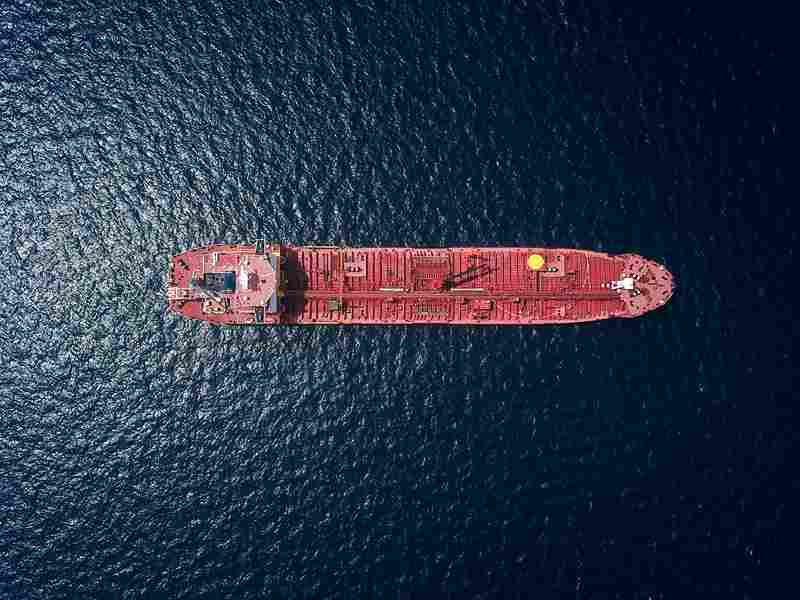
Waste Heat Recovery Systems in Ships Using Bunker Fuels
Introduction
In the maritime sector, waste heat recovery systems (WHRS) are pivotal for improving energy efficiency and reducing operational costs. Ships, relying on bunker fuels for propulsion and operations, generate substantial waste heat during combustion. Capturing and utilizing this waste heat through WHRS not only enhances efficiency but also supports environmental sustainability by lowering fuel consumption and emissions. This article explores the principles, components, advantages, and applications of waste heat recovery systems in ships using bunker fuels.
Principles of Waste Heat Recovery Systems
Waste heat recovery systems operate by capturing thermal energy from exhaust gases and engine cooling systems. This energy is then transferred to a working fluid, such as water or oil, through heat exchangers. The recovered heat can be utilized for various purposes, including electricity generation via steam turbines or Organic Rankine Cycle (ORC) systems, or for onboard heating and preheating processes.
Components of Waste Heat Recovery Systems
Key components of WHRS include heat exchangers, steam turbines or ORC systems, heat recovery boilers, pumps, valves, and control systems. These components work together to efficiently capture, transfer, and utilize waste heat, optimizing energy recovery onboard ships.
Benefits of Waste Heat Recovery Systems
Implementing WHRS in ships using bunker fuels offers several benefits:
- Fuel Efficiency: Reduces overall fuel consumption by utilizing waste heat for additional power generation or heating.
- Emissions Reduction: Lowers greenhouse gas emissions and pollutants like sulfur oxides (SOx) and nitrogen oxides (NOx) by improving combustion efficiency.
- Cost Savings: Decreases operational costs through reduced fuel consumption and reliance on auxiliary power sources.
- Regulatory Compliance: Helps ships meet environmental regulations, such as IMO’s MARPOL Annex VI, by minimizing emissions and enhancing energy efficiency.
Applications of Waste Heat Recovery Systems
WHRS are widely applicable across various types of ships, including container ships, tankers, cruise ships, ferries, and Ro-Ro vessels. They are used for electricity generation, onboard heating, and supporting auxiliary systems, thereby enhancing operational efficiency and sustainability.
Technological Advancements and Future Trends
Future developments in WHRS focus on improving efficiency and expanding applications:
- Advanced Materials: Development of heat exchanger materials for enhanced heat transfer efficiency and durability.
- Integration with Hybrid and Electric Propulsion: Combining WHRS with hybrid or fully electric propulsion systems to further reduce emissions and increase efficiency.
- Digitalization and Optimization: Utilization of data analytics and AI for real-time monitoring and optimization of WHRS performance.
- ORC Technology Innovations: Advancements in Organic Rankine Cycle systems to optimize heat recovery and power generation efficiency.
Conclusion
Waste heat recovery systems play a crucial role in enhancing energy efficiency and sustainability in maritime operations using bunker fuels. By capturing and utilizing waste heat effectively, these systems contribute to reducing fuel consumption, emissions, and operational costs while complying with environmental regulations. As the maritime industry continues to innovate, the adoption and advancement of waste heat recovery systems will be integral in achieving cleaner and more efficient shipping practices globally.





